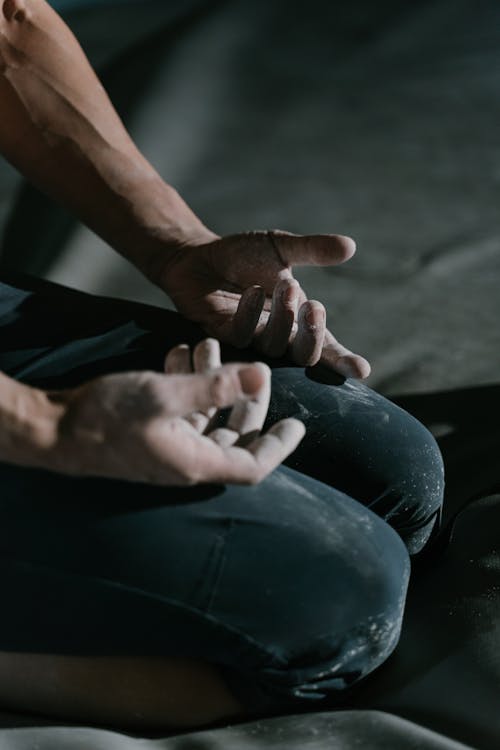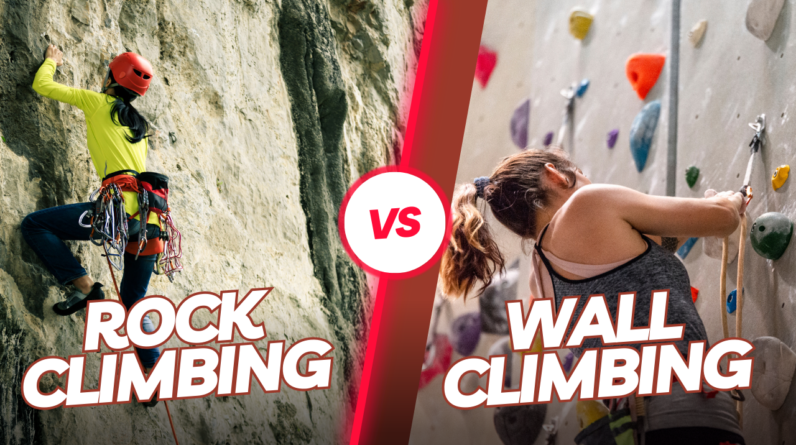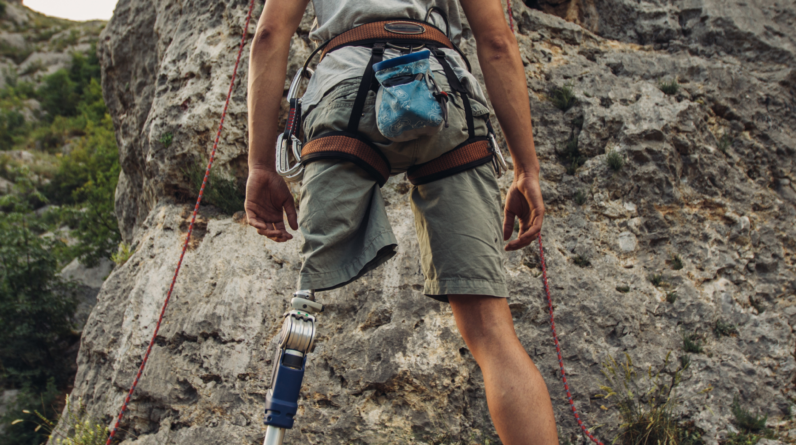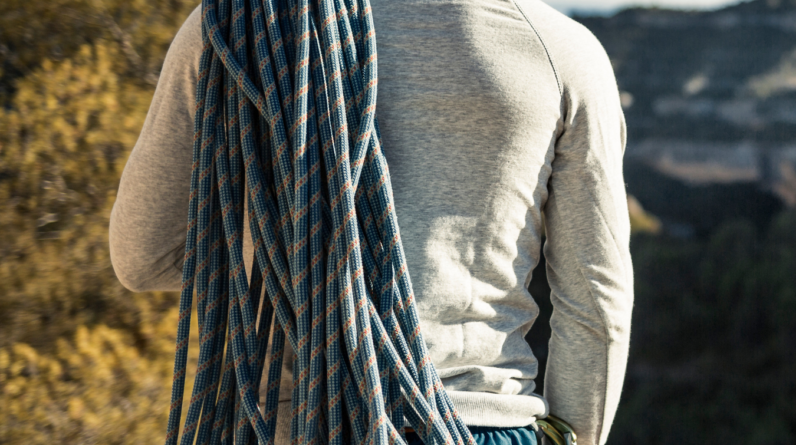
Finger Strength in Climbing: A Closer Look
The Importance of Finger Strength for Climbers
Last time, we discussed pull-up strength and its relevance in climbing. However, many people have raised the question of finger strength, which seems more applicable to climbing. In this article, we revisit the topic, focusing on finger strength in average climbers and exploring the role it plays in climbing performance.
Dead Hang: Assessing Finger Strength
We’ll be examining a specific exercise test, the dead hang, to assess finger strength. This involves hanging on a 20mm edge for seven seconds with as much added weight as possible. The results provide a measure of climbers’ relative strength, which we’ll delve into further.
Caveats on Data and Selection Bias
Before we dive into the main discussion, it’s important to address a few caveats regarding the data used. First, selection bias may be present, as we’re looking at a group of people who have chosen to undergo remote assessment with Lattice Training to evaluate their strengths and weaknesses. This group may have higher strength results than those who aren’t as invested in hangboarding or training and just climb for fun. Additionally, self-reporting of grades could lead to inconsistencies in the data.
Comparing Finger Strength Across Grades and Genders

Using the data collected, we can compare finger strength across different climbing grades and between men and women. Interestingly, the difference in finger strength between men and women seems to be relatively small, especially at lower climbing grades. As climbers progress, the gap narrows even further.
Finger Strength Percentages by Climbing Grade
Here are the average finger strength percentages for climbers at various grades:
- V4: Men at 128% body weight added and women at 118% body weight added.
- V7: Men at 146% body weight added and women at 164% body weight added.
- V11: Men at 170% body weight added and women at 164% body weight added.
These findings indicate that finger strength increases with climbing grade, and the difference between men and women becomes smaller as climbers progress.
The Relationship between Finger Strength and Pull-up Strength
The data reveals a significant difference in the role of finger strength and pull-up strength in climbing. While both are essential components of a climber’s performance, finger strength appears to have a more consistent impact on climbing ability, regardless of gender. This further emphasizes the importance of developing finger strength for climbing success.
Assessing Your Own Finger Strength
In conclusion, finger strength plays a crucial role in climbing performance, with climbers at higher grades displaying stronger fingers. As climbers progress, the gap between men’s and women’s finger strength narrows, highlighting the importance of focusing on this aspect of training. By assessing your own finger strength and working to improve it, you can enhance your overall climbing abilities and reach new heights in your climbing journey.






